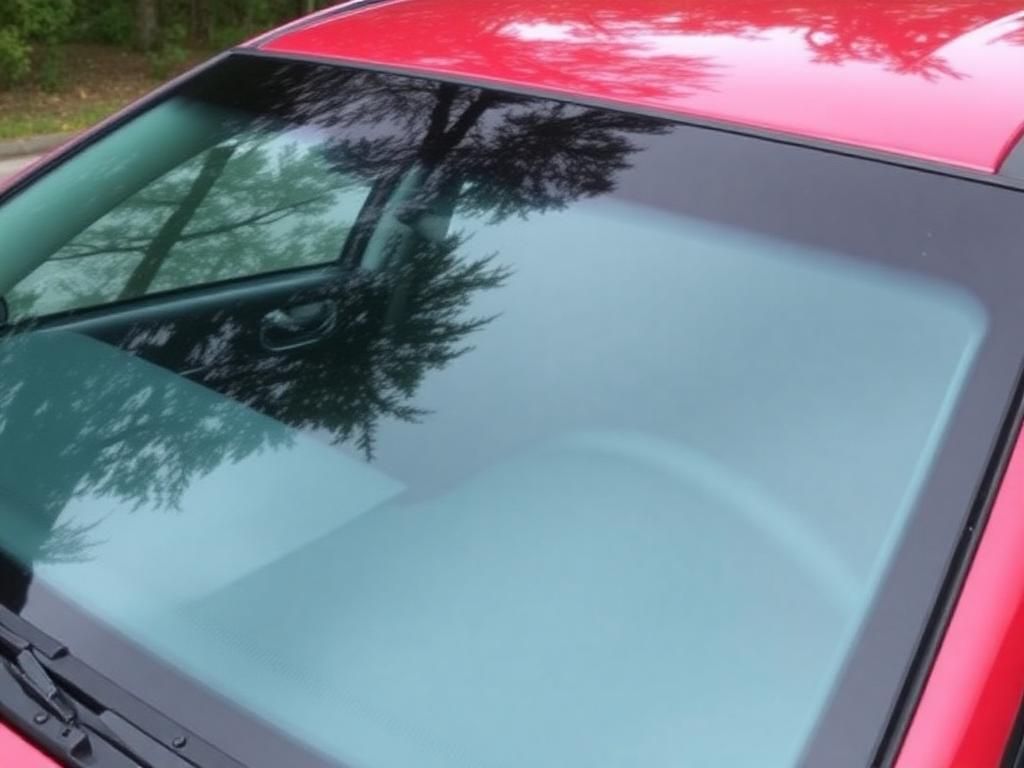Windshield tint refers to the application of a film on the glass of vehicles that alters its light transmission. This tint serves various purposes, such as enhancing privacy, reducing glare, and blocking harmful UV rays. However, it’s crucial for vehicle owners to comprehend the widnscreen tint laws NC, ensuring their vehicles are compliant with local regulations.
Being aware of these laws not only keeps you on the right side of the law but also promotes safety on the roads. In this article, we will delve into the specifics of windshield tint regulations in North Carolina, the legal limits for light transmission, exemptions, penalties for non-compliance, and tips for selecting the right tint.
Overview of Tinting Regulations
Purpose of Tinting Regulations
Understanding the regulations surrounding windshield tint is necessary due to various safety concerns related to visibility. Lawmakers have established these guidelines to ensure drivers can see clearly through their windshields, especially during low-light conditions or adverse weather.
In addition to safety, windshield tint can protect passengers from harmful UV rays, which may contribute to skin conditions and increase the risk of skin cancer. Furthermore, tinting can cater to aesthetic preferences while providing personal comfort from direct sunlight.
Applicability of Laws
The widnscreen tint laws NC apply to a range of individuals, including private vehicle owners and commercial vehicle operators. While most regulations are applicable to all drivers, certain exemptions exist, particularly for those with verified medical conditions. Professional drivers, who require specific visibility standards to operate safely, may have different considerations under the law.
Windshield Tint Laws in North Carolina
Legal Percentage of Visible Light Transmission (VLT)
Visible Light Transmission (VLT) quantifies the amount of light that passes through a film and into the vehicle. Understanding VLT is crucial for ensuring compliance with windshield tint laws in North Carolina. As per state regulations, the legal limit for tinting on the windshield is a minimum of 32% VLT. This means that at least 32% of light must enter through the windshield, ensuring that visibility is not compromised.
When comparing North Carolina to its neighboring states, it’s important to note that while some states may have similar regulations, others might allow for darker shades or different VLT percentages. Checking the specific regulations in each state can provide clarity for drivers traveling across borders.
Types of Tinting Films Allowed
Under North Carolina’s widnscreen tint laws NC, only specific types of tinting films are permitted. Acceptable options include transparent films that do not substantially alter the color or reflectivity of the windshield. However, reflective films, mirrored tints, and non-transparent films are strictly prohibited as they can hinder visibility and increase glare, posing risks to both the driver and others on the road.
Adhering to these guidelines is essential for ensuring safe driving conditions and remaining compliant with local laws.
Additional Tinting Restrictions
In addition to the regulations regarding the windshield, North Carolina law also outlines restrictions for side and rear windows. The front side windows must allow at least 35% VLT, while the back windows and rear windshields have no set legal limits; however, they must still ensure visibility. Notably, SUVs and vans may have slightly different regulations regarding the allowable tint levels, often due to their larger glass areas.

Legal Considerations and Penalties
Consequences of Non-Compliance
Failure to comply with the widnscreen tint laws NC can lead to various penalties. Drivers caught with illegal tint may face fines ranging from $100 to $500. Additionally, law enforcement officers can conduct vehicle inspections, which may lead to citations if non-compliance is found.
The Process for Addressing Violations
If a driver is cited for illegal tinting, it is important to take immediate steps to address the violation. This may include removing or altering the tint to comply with regulations. In some cases, drivers might seek legal recourse, especially if they believe the citation was issued in error. It’s advisable to consult with a legal professional to explore options.
Medical Exemptions and Special Cases
Medical Conditions That Might Qualify
Certain medical conditions may warrant a medical exemption for drivers seeking darker tints. Conditions that can qualify may include various skin sensitivities to sunlight or other ailments recognized by medical professionals. To benefit from these exemptions, drivers must provide appropriate documentation to support their claims.
Process for Obtaining an Exemption
To apply for a medical exemption, drivers must follow a specific process, which generally includes obtaining a doctor’s note outlining the medical condition. The required documentation may also include application forms to certify the exemption, which will be verified during vehicle inspections.
Commercial Vehicles and Tinting
Specific Regulations for Commercial Use
Commercial vehicles, such as taxis, limousines, and delivery trucks, are subject to their own set of regulations regarding windshield tinting. These regulations consider the safety of both the driver and passengers, as well as the specific operational needs of the business.
Compliance for Commercial Tinting
For commercial vehicles, compliance with widnscreen tint laws NC requires additional documentation to ensure that all tinting meets legal standards. Enforcement may differ between personal and commercial vehicles, given the higher standards of scrutiny often applied to vehicles used for business.
Tips for Complying with Windshield Tint Laws

Selecting the Right Tint
When selecting the appropriate tint, it is crucial to choose options that meet the legal requirements for VLT. Consulting with professionals experienced in tint installation can help ensure compliance, providing peace of mind that the chosen film adheres to state regulations.
Regular Inspections and Maintenance
Maintaining compliance over time involves regular inspections of the tint. Recognizing signs of wear and tear and understanding when a replacement is necessary are key to ensuring that your vehicle remains within legal limits.
Resources for Further Information
For more information on windshield tint laws and vehicle compliance, drivers can refer to the North Carolina Department of Motor Vehicles (NCDMV) website for comprehensive guidelines and resources. Additionally, seeking advice from legal professionals or reputable tinting services can provide clarity and assistance.
| Window Type | Legal VLT Limit | Tint Type Allowed |
|---|---|---|
| Windshield | 32% or higher | Transparent films only |
| Front Side Windows | 35% or higher | Transparent films only |
| Back Side Windows | No limit | Transparent films |
| Rear Windshield | No limit | Transparent films |
Frequently Asked Questions (FAQ)
What is the legal tint limit for a windshield in North Carolina?
The legal tint limit for the windshield in North Carolina is 32% VLT, which means at least 32% of light must be able to pass through.
Can I tint my windshield if I have a medical condition?
Yes, individuals with certain medical conditions may apply for a medical exemption, allowing for darker tints. Valid documentation is required.
What happens if I’m pulled over with illegal tint?
If you’re pulled over with illegal tint, you may face fines ranging from $100 to $500, and you may need to remove or alter the tint to comply with the law.
Are there any exceptions for commercial drivers?
Yes, commercial drivers may follow different regulations that account for operational needs. Compliance documentation is typically required.
Where can I find reputable tinting services that comply with NC laws?
Finding reputable tinting services can be done through local business directories or by consulting customers’ reviews. It’s vital to ensure that the service provider is experienced in meeting state regulations.
What should I do if I need a tint replaced?
If your tint shows signs of wear or damage, it’s important to consult a professional for removal and replacement to comply with current regulations.
How often should I inspect my windshield tint?
Regular inspections of your windshield tint are advisable every six months to a year, ensuring it remains compliant and effective.
Can I appeal a tint citation?
Yes, it may be possible to appeal a tint citation, especially if you believe it was issued in error. Consulting with legal professionals can provide guidance on the process.
Are reflective films allowed in North Carolina?
No, reflective films are prohibited under North Carolina’s windshield tint laws due to concerns regarding visibility and safety.
What’s the best way to remove illegal tint?
The best way to remove illegal tint is to consult a professional tint removal service that uses appropriate techniques to avoid damaging the glass.